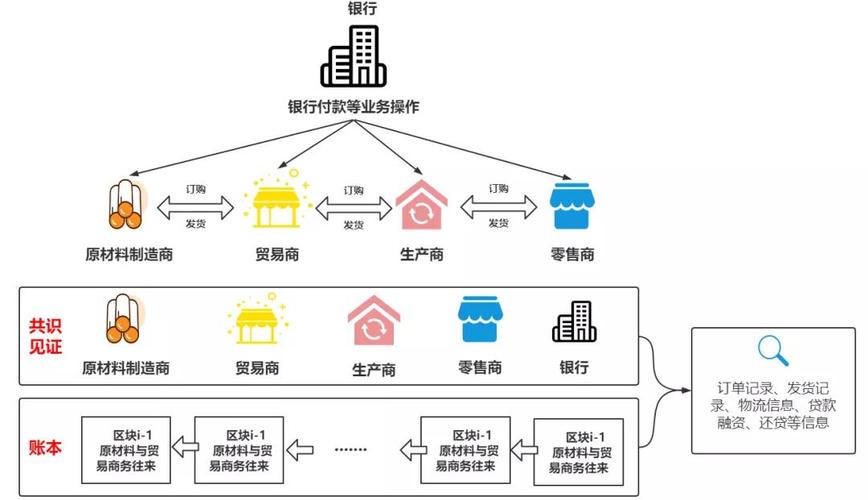Title: Understanding the Inner Workings of Blockchain Technology
Introduction to Blockchain:
Blockchain technology has emerged as a groundbreaking innovation, revolutionizing various industries by offering a decentralized and secure way to record transactions and data. At its core, a blockchain is a distributed ledger that stores information across a network of computers, ensuring transparency, immutability, and integrity.

Key Components of Blockchain:
1.
Blocks:
A blockchain consists of a chain of blocks, each containing a list of transactions. These blocks are cryptographically linked together, forming a chronological chain.2.
Decentralized Network:
Unlike traditional centralized systems, blockchain operates on a decentralized network of nodes (computers). Each node maintains a copy of the entire blockchain, ensuring redundancy and resilience.3.
Consensus Mechanisms:
To validate and add new blocks to the blockchain, nodes must agree on the validity of transactions. Consensus mechanisms like Proof of Work (PoW), Proof of Stake (PoS), and others ensure agreement among nodes while preventing malicious activities.4.
Cryptographic Hashing:
Each block contains a unique cryptographic hash, generated based on its content. This hash serves as a digital fingerprint, ensuring the integrity of the block and linking it securely to the previous block.Working Process of Blockchain:
1.
Transaction Initiation:
The process begins with a user initiating a transaction on the blockchain network. This transaction could involve sending/receiving cryptocurrency, recording data, or executing smart contracts.
2.
Transaction Verification:
The transaction is broadcasted to all nodes in the network.
Nodes validate the transaction's authenticity and ensure that the sender has sufficient funds or permissions.
Once verified, the transaction is grouped with other pending transactions to form a block.
3.
Block Formation:
Miners (for PoW consensus) or validators (for PoS and other consensus mechanisms) compete to solve complex mathematical puzzles to add the next block to the blockchain.
The first node to solve the puzzle broadcasts the new block to the network for verification.
4.
Consensus and Block Validation:
Other nodes in the network verify the validity of the newly proposed block, ensuring consensus.
Consensus mechanisms prevent doublespending and other fraudulent activities.
Once a consensus is reached, the block is added to the blockchain, and the transaction becomes immutable.
5.
Block Addition and Chain Extension:
The new block is appended to the existing blockchain, forming a continuous chain of blocks.
Each block contains a reference to the previous block's hash, maintaining the chronological order and integrity of the blockchain.
Advantages of Blockchain Technology:
1.
Decentralization:
Eliminates the need for intermediaries, reducing costs and increasing efficiency.2.
Transparency:
All transactions are recorded on a public ledger, ensuring transparency and accountability.3.
Security:
Cryptographic techniques and consensus mechanisms make blockchain highly secure and resistant to tampering.4.
Immutability:
Once recorded, transactions cannot be altered or deleted, providing a reliable audit trail.Conclusion:
Blockchain technology has transformed the way we perceive data integrity, security, and trust in various sectors. By leveraging decentralization, cryptography, and consensus mechanisms, blockchain offers a robust and transparent framework for conducting transactions and managing data. Understanding the inner workings of blockchain is crucial for realizing its full potential and exploring its applications across diverse industries.











